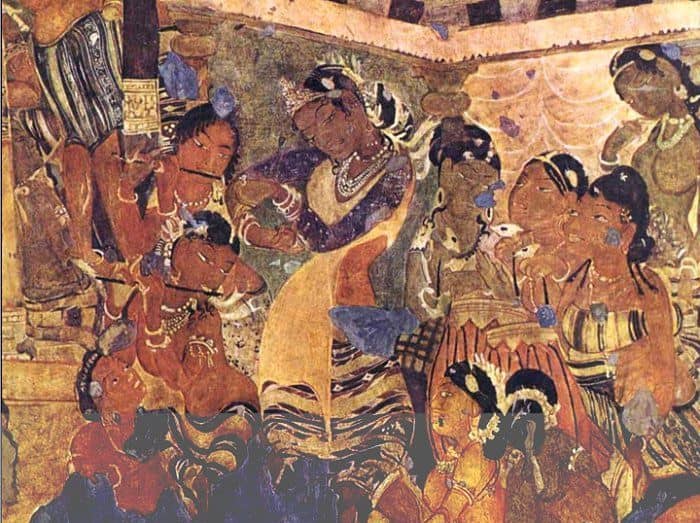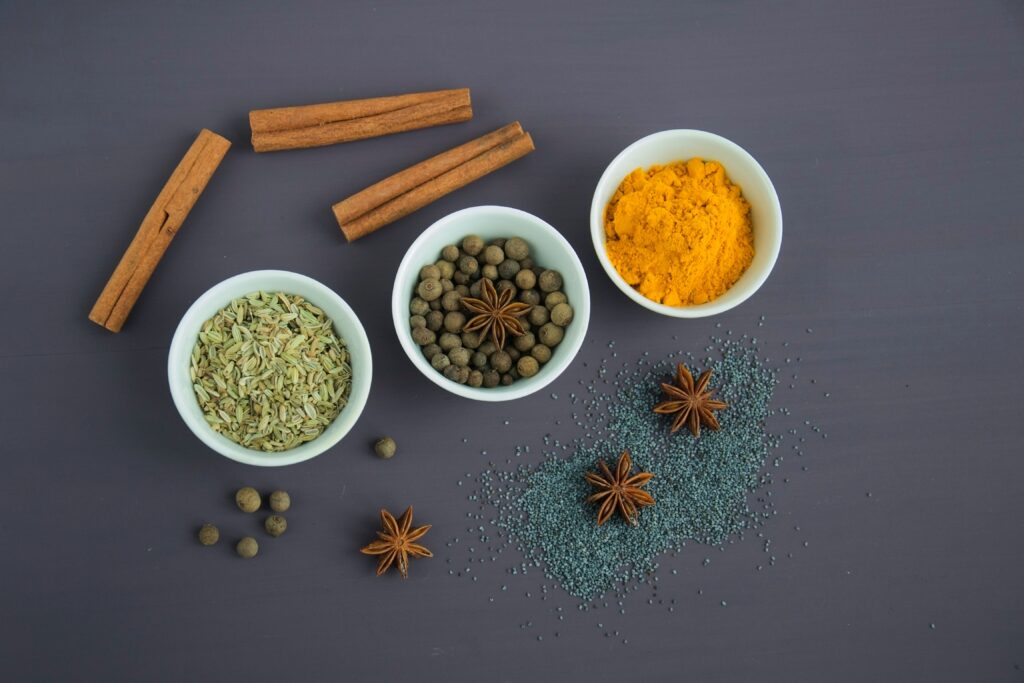Clothing, which is one of the basic needs of mankind and became an inevitable part of our living standard? While we had a time when an early man wore leaves of trees to cover themselves. As time went on they realized the change in the weather. The leaves of trees were no longer beneficial for them and started using animal hides and furs to protect themselves. Over a while, they were seen to wear woven plant fibers and leather straps for covering their bodies.
The popularity of natural dyes arose soon after the hand-weaving technology was launched. India has Archaeological evidence, including paintings of Ajantha and Ellora Caves far back in the 2nd century BC. These paintings are evidence which points out that they used naturally colored dyed clothing from that era. During this time, people dyed their fabrics using common, locally available from certain insects, shellfish, barks, fruits, stems, flowers, roots, even fruits of plants. Some plant-based dye used was Indigo, turmeric, saffron, sandalwood, etc.
Due to the introduction of Ayurveda, many adaptations have undertaken in the lifestyle of humans both internally and externally to balance the three principle energies of the body – Vatha, Pitha, and Kapa. Later on, after a few kinds of research, ancient Ayurvedic scientists found the medicinal properties in plants and herbs. This lead to the ancient technology of herb-based Ayurvedic cloths dying as a medium to cure numerous diseases and the regular use of these clothes helped them to adhere to a healthy life.
Can Ayurvedic clothes really cure?
Of course, there are shreds of evidence for the usage of the traditional Ayurvedic cloth and their healing effect in ancient Indian history. During a war between the Cheras, and the Pandyas dynasty, the Pandya king and his army had been severely wounded. The chief physician (Ayurvedic vaidyar) of the Pandyas treated the king and his injured army men. The treatment held was, wrapping the injured body or wounds with clothes that were repeatedly dipped in various Ayurvedic medicinal herbs. The healing power of the Ayurvedic clothing cured the king and his army of their injuries quickly and they went on to win the battle against the Cheras.
Legend Agasthiar, one among the ancient natural medicinal scientists has mentioned in his book that Ayurvedic clothing was the only reason for the recovery of the Pandya king. The Travancore king like Ayilyam thirunal, Marthanda Varma, Chithira thirunal, and their family used the Ayurvedic dyed cloths to live a healthy life without any illness.
Eventually in 1856, when William Henry Perkin discovered synthetic dyes that had immediate acceptability throughout the world, the fame and use of natural dying cloths declined and polyester cloths became popular. As development took place among civilizations, man discovered several sophisticated procedures for dyeing fabrics. Yet there is a great need for research to be performed in this field.
Do people still follow the traditional natural dying?
Yes, even today in some parts of South India, Ayurvedic herbal dyed clothes are used to carry a newborn baby as tradition, which act as an antibacterial barrier for the child. Presently, many mothers in the new generation follow the traditional way of caring newborns by using organic cloth diapers, Organic Ayurvedic infused towels, and clothes as they are more conscious of their baby’s health.
The traditional Ayurvedic cloth wrapping treatment was a milestone in dying history. The new generation of weavers who accepted the natural Ayurvedic dyeing technique which was passed down through their generation marks the beginning for the study of Ayurvedic dying cloth – the “Ayurvastra”. The study was then supported and approved by the state and the national government of India. Studies have proven that Ayurvedic dyed cloths are extensively used for the treatment of a wide range of diseases such as diabetes, skin infections like eczema, body acne, hypertension, asthma, arthritis, rheumatism, and even cancer. In a nutshell, Ayurvedic textiles direct us to a new way of living a natural and healthy life.
Watch this space for more natural herbal clothing posts..

